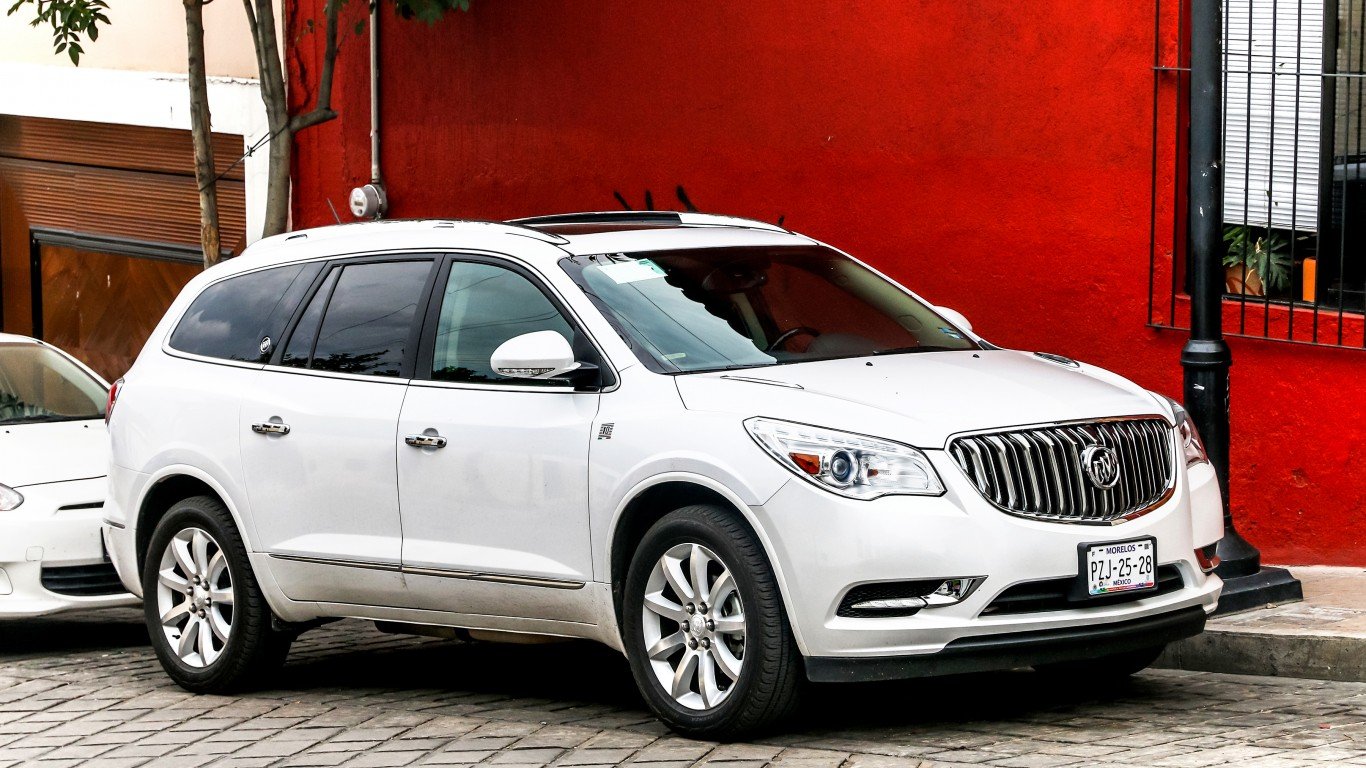

Many Americans learned how to drive when they were in their teens and got a driver’s license soon after. However, this pattern has changed, leaving the auto industry with a smaller pool of customers. It is hard to identify a challenge so great as the U.S. car industry starts to face a drop in sales.
Michael Sivak, the former director of Sustainable Worldwide Transportation at the University of Michigan, has issued his periodic report on the change in patterns of the number of driver’s licenses people have by age group. Much of the data came from the Federal Highway Administration.
In the most recent study, which compares figures from 1983 to 2018, he found that the percentage of people who have licenses when they are 16 has dropped from 46.2% to 25.6%, a breathtaking falloff. Among people who are 17, the figure dropped from 68.9% to 46.5%. Among those 18, the number fell from 80.4% to 60.1%. The report said, “In 2018, the percentage of persons with a driver’s license for each age group from 16 to 44 was smaller than the corresponding value in 1983.”
The youngest age group in which the percentage of people with licenses stopped the falloff was drivers ages 45 to 49. In both 1983 and 2018, the figure was 92.5%. The biggest positive change was among people who are 70 years old or older. In this case, 55% of people had licenses in 1983, compared to 83% last year.
To put it simply, the pool of people who have a driver’s license is shrinking. Car companies have not come up with a way to reverse a trend that could sharply curtail sales within a few years.
The U.S. market yielded sales of 17 million light trucks and cars last year. It was the fifth consecutive year in which this occurred, an unprecedented run. It has been assumed that car sales will fall in future years because people hold their new cars longer, or, eventually, the economy will slow, but the sales figure will not drop sharply as it did during the Great Recession.
The report does not offer insight into why the decline in the number of drivers has happened. Perhaps it is the availability of ride-sharing services like Uber and Lyft. Perhaps public transportation has improved and become more widely available. Perhaps people who live in urban areas do not need a car at all.
The average age of a car or truck buyer in the United States has risen to 53, according to Federal Reserve data. The rising number of older buyers is confirmation of the driver’s license trend.
The auto industry has to solve the problem or face a future in which fewer and fewer people want a car at all.
Thank you for reading! Have some feedback for us?
Contact the 24/7 Wall St. editorial team.
 24/7 Wall St.
24/7 Wall St.


